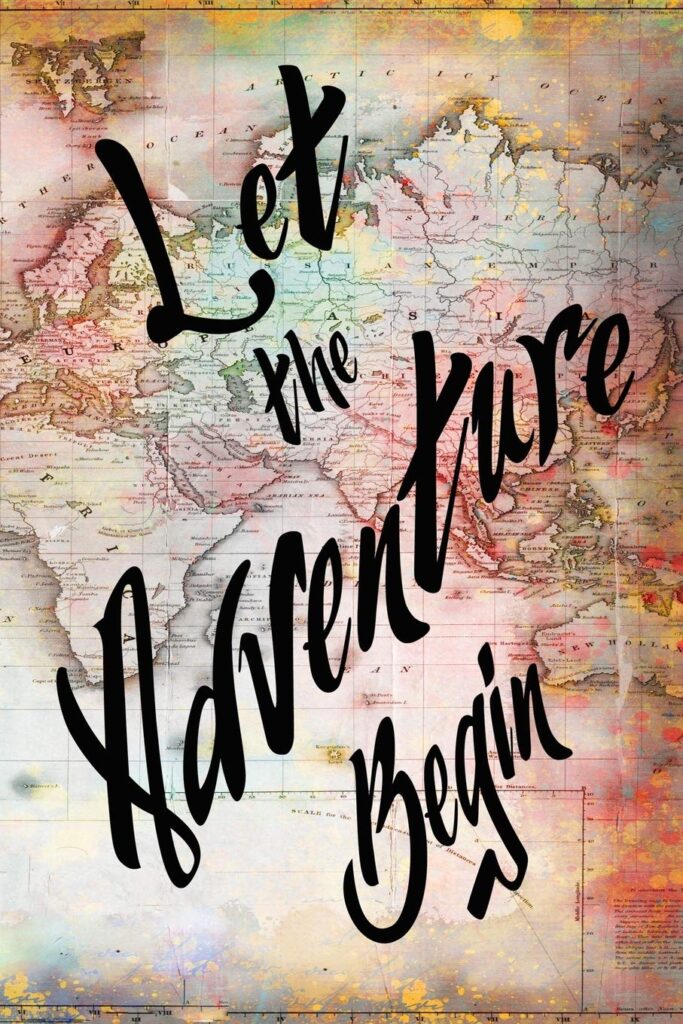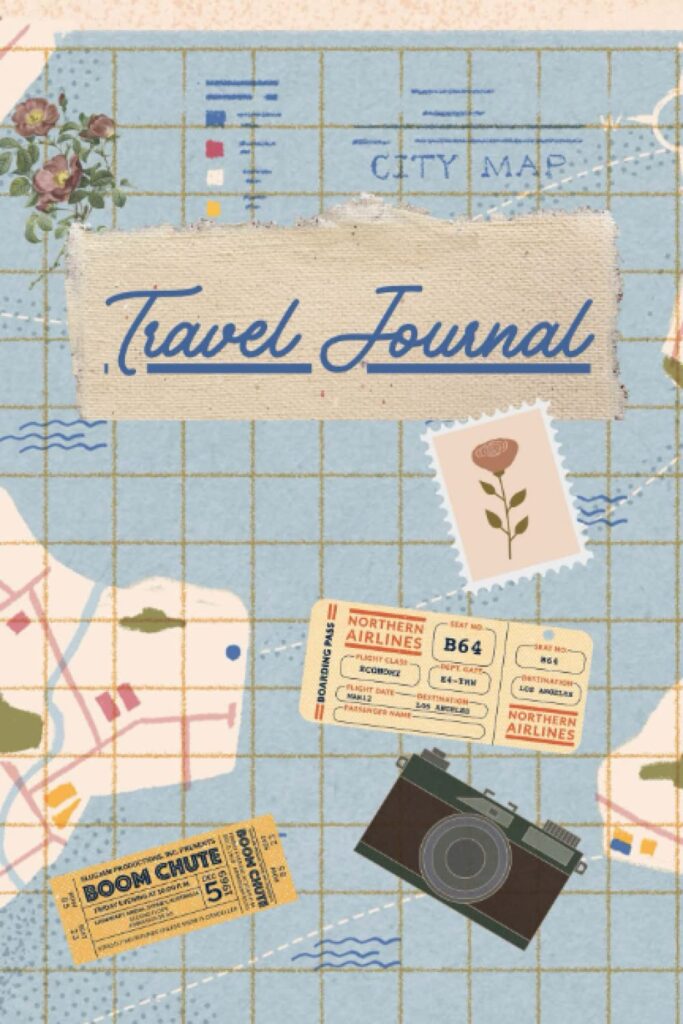-
Table of Contents
- Exploring the History of the Green Book: How the African-American Travel Guide Changed the Way We Travel
- The Impact of the Green Book on African-American Travelers: How the Guide Helped Create a Safer Journey
- Revisiting the Legacy of the Green Book: How the Guide Helped African-Americans Navigate Segregation
- Celebrating the Resurgence of the Green Book: How the Guide is Being Re-Released and Re-Purposed for a New Generation
- Q&A
“Explore the World with the Green Book: Your Guide to African-American Travel!”
The Green Book African-American Travel Guide is a unique and invaluable resource for African-American travelers. Published from 1936 to 1966, the guide was created to help African-Americans find safe and welcoming places to stay, eat, and shop while traveling in the United States. The Green Book was a lifeline for African-Americans during a time when segregation was still the law of the land. It provided a list of establishments that welcomed African-Americans, and it was an invaluable resource for those who wanted to explore the country without fear of discrimination. The Green Book is now available for sale, and it is a must-have for anyone interested in African-American history and culture.
Exploring the History of the Green Book: How the African-American Travel Guide Changed the Way We Travel

The Green Book was a revolutionary travel guide that changed the way African-Americans traveled in the United States. Published from 1936 to 1966, the Green Book provided African-Americans with a comprehensive list of hotels, restaurants, and other services that welcomed them during a time of segregation and discrimination.
The Green Book was the brainchild of Victor Hugo Green, a postal worker from Harlem. Green was inspired to create the guide after experiencing the difficulties of traveling as an African-American. He wanted to make it easier for African-Americans to find safe and welcoming places to stay and eat while on the road.
The Green Book was published annually and listed businesses that welcomed African-Americans. It included hotels, restaurants, gas stations, beauty salons, and other services. The guide also provided information on the laws and customs of each state, as well as tips on how to avoid trouble while traveling.
The Green Book was an invaluable resource for African-Americans during the era of segregation. It allowed them to travel with confidence, knowing that they would be welcomed and treated with respect. The guide was also a symbol of hope and resilience in the face of discrimination.
The Green Book was eventually discontinued in 1966, when the Civil Rights Act was passed. This landmark legislation outlawed discrimination based on race, color, religion, sex, or national origin. With the passage of the Civil Rights Act, African-Americans were finally able to travel freely and without fear of discrimination.
The legacy of the Green Book lives on today. It serves as a reminder of the struggles African-Americans faced during the era of segregation, and of the courage and resilience they showed in the face of adversity. The Green Book changed the way we travel, and its impact can still be felt today.
The Impact of the Green Book on African-American Travelers: How the Guide Helped Create a Safer Journey
The Green Book, published from 1936 to 1966, was a guidebook for African-American travelers during the era of Jim Crow segregation. It provided information on hotels, restaurants, and other services that were safe and welcoming to African-American travelers. The Green Book was an invaluable resource for African-Americans who wanted to travel without fear of discrimination or violence.
The Green Book was created by Victor Hugo Green, a postal worker from Harlem. He wanted to make it easier for African-Americans to travel safely and with dignity. The book listed businesses that were known to be friendly to African-Americans, as well as those that were known to be hostile. It also provided information on places to stay, eat, and shop.
The Green Book was a lifeline for African-American travelers during a time when they were often denied access to public accommodations. It allowed them to find places to stay and eat without fear of discrimination or violence. The book also provided a sense of security and community for African-American travelers, as they could find places that were welcoming and safe.
The Green Book was an important tool for African-American travelers during the Jim Crow era. It provided a sense of security and community, and allowed them to travel with dignity. The book helped create a safer journey for African-Americans, and it is still remembered today as an important part of African-American history.
Revisiting the Legacy of the Green Book: How the Guide Helped African-Americans Navigate Segregation
The Green Book was a travel guide published from 1936 to 1966 that helped African-Americans navigate the segregated United States. It was created by Victor Hugo Green, a mail carrier from Harlem, New York, who wanted to make travel easier for African-Americans. The Green Book listed hotels, restaurants, gas stations, and other businesses that welcomed African-Americans during a time when segregation was still the law of the land.
The Green Book was an invaluable resource for African-Americans who wanted to travel. It provided information on places that were safe and welcoming, and it also gave advice on how to handle difficult situations. For example, the guide suggested that African-Americans carry a letter from their employer or a church to prove that they were not vagrants. It also advised travelers to dress neatly and to be polite and courteous when dealing with people in the South.
The Green Book was a lifeline for African-Americans who wanted to travel during the era of segregation. It allowed them to find places to stay and eat without fear of discrimination or violence. The guide also provided a sense of community and solidarity, as it was a reminder that African-Americans were not alone in their struggle for equality.
Today, the legacy of the Green Book lives on. There are now websites and apps that provide similar information to travelers, and the Green Book is still remembered as a symbol of resilience and courage in the face of adversity. The Green Book is a reminder of the importance of standing up for what is right, even in the face of overwhelming odds.
Celebrating the Resurgence of the Green Book: How the Guide is Being Re-Released and Re-Purposed for a New Generation
The Green Book, a travel guide for African Americans during the Jim Crow era, is making a comeback. After being out of print for decades, the guide is being re-released and re-purposed for a new generation.
The Green Book was first published in 1936 by Victor Hugo Green, a postal worker from Harlem. It was designed to help African Americans find safe places to stay and eat while traveling in the segregated South. The guide listed hotels, restaurants, gas stations, and other businesses that welcomed African American customers.
The Green Book was an invaluable resource for African Americans during the Jim Crow era. It allowed them to travel with confidence, knowing that they would be welcomed and treated with respect.
Today, the Green Book is being re-released and re-purposed for a new generation. The Green Book Project, a non-profit organization, is working to preserve and promote the legacy of the Green Book. They are digitizing the original guide and making it available online. They are also creating a modern version of the guide, which will list businesses that are committed to diversity and inclusion.
The Green Book Project is also working to educate people about the history of the Green Book and its importance. They are hosting events and workshops to discuss the history of the guide and its relevance today.
The resurgence of the Green Book is a reminder of the importance of inclusion and diversity. It is a reminder that we all have a responsibility to create a more equitable and just society. The Green Book Project is helping to ensure that the legacy of the Green Book lives on and that its message of inclusion and respect is shared with a new generation.
Q&A
1. What is the Green Book?
The Green Book was an African-American travel guide published from 1936 to 1966. It provided information on businesses and services that welcomed African-American travelers during the era of Jim Crow segregation.
2. Who created the Green Book?
The Green Book was created by Victor Hugo Green, a postal worker from Harlem, New York.
3. What type of information did the Green Book provide?
The Green Book provided information on businesses and services that welcomed African-American travelers during the era of Jim Crow segregation. It included listings of hotels, restaurants, beauty parlors, service stations, and other establishments that were safe and welcoming for African-American travelers.
4. Is the Green Book still available for sale?
Yes, the Green Book is still available for sale. It is available in both print and digital formats.The Green Book African-American Travel Guide is an invaluable resource for anyone looking to explore the United States and its many attractions. It provides detailed information on places to stay, eat, and visit, as well as tips on how to stay safe and secure while traveling. With its comprehensive coverage of the country, the Green Book is an essential tool for anyone looking to explore the United States and its many attractions.
![]()










